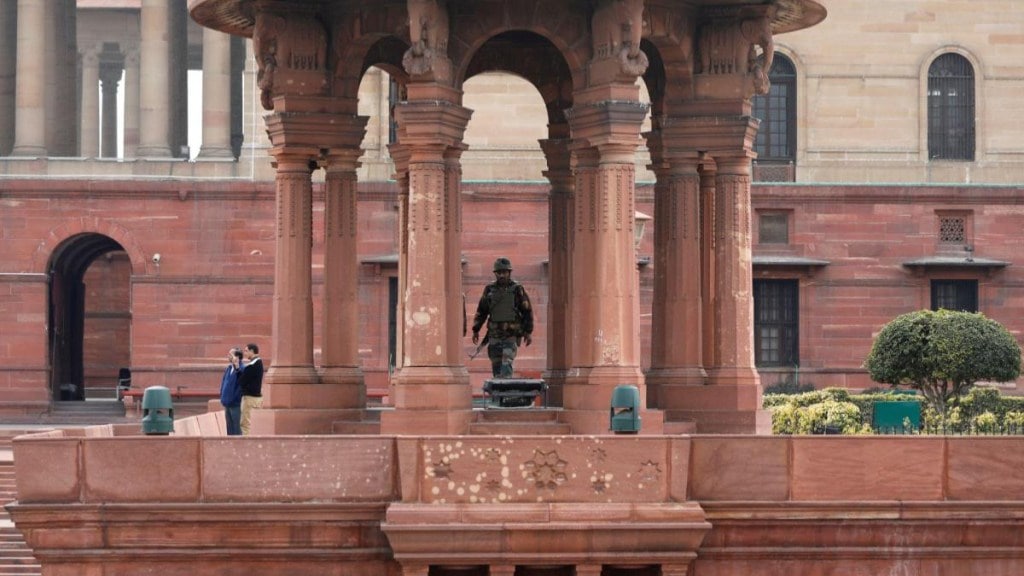Over the past few years, India’s external security threats have escalated, even as our defence capabilities have stagnated or, in some cases, declined. This must be reversed as it would be difficult to further the country’s socio-economic development objectives in the absence of an assured level of stability in the neighbourhood. The irony is that while everyone in the government acknowledges this, the allocations in the annual budgets on defence have been falling as a share of the total expenditure. In 2024-25, the allocation was Rs 6.22 lakh crore or about 13% of the Centre’s total expenditure. This was smaller than the 17% share in 2014-15 and 17.8% in 2016-17 or even the 13.9% shares in the revised estimates for 2023-24. The Standing Committee on Defence had, in 2018, recommended that the allocation to defence be fixed at about 3% of GDP. However, as a share of GDP, the allocation has consistently fallen from 2.4% in 2020-21 to 1.92% in 2024-25.
The 15th Finance Commission had recommended that the ministry should take steps to reduce salaries and pension liabilities which accounted for about half the estimated spending in 2024-25. Experts have pointed out that between 2013-14 and 2024-25, the amount paid out towards pension went up at an annual rate of 11%, which is higher than the annual 8% increase in the total defence expenditure. As a result, the capital outlay has fallen to 29% in the 2024-25 Budget from 32% in 2014-15. This is dangerously low. Budget 2025-26 must increase defence and security spending, especially when several nations are dramatically increasing their defence capabilities.
Admittedly, the local arms manufacturing ecosystem has grown with the private sector supporting the efforts of many state-owned enterprises. The value of defence production crossed Rs 1 lakh crore in FY23. Moreover, exports of defence equipment are expected to hit Rs 40,000 crore by 2026. Besides, the draft Defence Production and Export Promotion Policy is targeting a turnover of Rs 1.75 lakh crore and exports of Rs 35,000 crore in aerospace and defence goods and services by 2025. Production-linked incentive schemes for equipment such as drones and components have been announced to boost local manufacturing. For that to happen on a larger scale, the government needs to offer sops and tax breaks, apart from giving some visibility on procurement schedules to encourage local manufacturers to set up capacity. The economic activity as a result should be able to provide jobs for both skilled and semi-skilled workers.
To fortify its defence arsenal, India has been importing arms including fighter aircraft and guns. According to one study by the Stockholm International Peace Research Institute, India is the world’s biggest importer of arms. The government’s approach over the last few years has been to liberalise foreign direct investment (FDI) rules. To attract investments from overseas, the government in 2020 eased the FDI limit, enhancing it to 74% through the automatic route for companies seeking new defence industrial licences. In cases where the investment could result in access to modern technology, the limit was raised to 100% via the government route. Despite this, there has been little interest from global arms manufacturers to set up shop in India as is evident from the negligible FDI flows into the space. It would be worthwhile to review the policy to understand what exactly is holding back global corporations from investing here.

